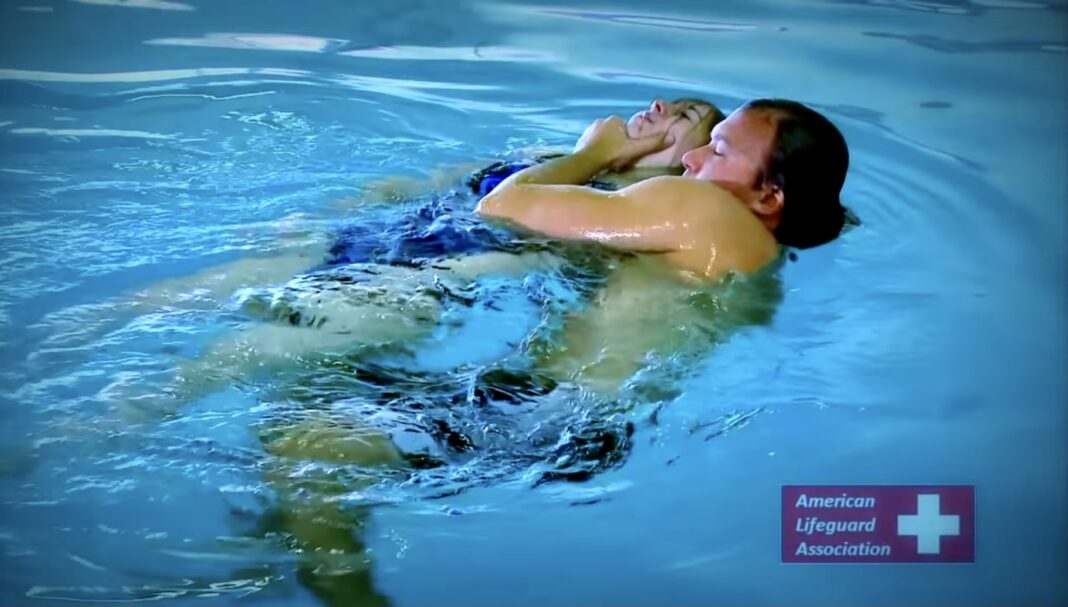Lifeguards stand as watchful sentinels, defending lives and guaranteeing water safety in a heap of aquatic settings. Their presence and mastery are vital, offering a mix of proactive counteraction and fast response in emergencies.
How about we dig into the multifaceted universe of lifeguards, investigating their responsibilities, skills, training, and the more extensive effect they have on community prosperity.
Understanding the Lifeguard’s Responsibilities
At the center of a lifeguard’s obligations lies the principal obligation of preventing accidents and saving life. Whether positioned at a clamoring beach, a quiet lakeside, or a bustling water park, lifeguards maintain safety protocols, uphold rules, and remain ever-cautious to possible risks. Their full concentrations eyes examine the water and encompassing regions, prepared to get a move on a second’s notification.
Essential Skills for Lifeguards
Lifeguards have an interesting mix of skills that prepare them for their difficult role. Strong abilities to swim structure the establishment, permitting them to explore water swiftly and with certainty during rescues. Also, lifeguards go through thorough training in CPR, AED use, first aid techniques, and water rescue protocols. This far reaching skill set engages them to deal with a large number of emergencies with capability and proficiency.
The Excursion of Lifeguard Training
Leaving on the way to becoming a lifeguard includes serious training and certification processes. Lifeguard classes, frequently accessible locally, offer hopeful lifeguards the valuable chance to get essential knowledge and skills.
These classes cover subjects, for example, water rescue techniques, CPR organization, risk assessment, and communication methodologies. Upon fruitful fulfillment of training, people should finish a certification test to procure their lifeguard qualifications.
Advancing Water Safety Through Education
Lifeguards act as ministers of water safety inside their networks. Past their roles as first responders, they participate in educational effort drives, leading safety shows, and granting crucial knowledge to the two youngsters and grown-ups. By bringing issues to light about drowning counteraction, the significance of swimming with a mate, and the risks of risky ways of behaving in the water, lifeguards contribute significantly to lessening water-related accidents.
A Typical Day for a Lifeguard
Envision a normal day at a public pool or beach with lifeguards on duty. As swimmers skip in the water under the sun’s glow, lifeguards keep a consistent presence, decisively situated to regulate movements of every sort.
Their careful look examines the water’s surface, identifying expected risks and mediating proactively to forestall accidents. In the mean time, they draw in with supporters, offering direction on safe swimming practices and noting questions about water safety measures.
Emergency Readiness and Response
Regardless of fastidious preventive measures, emergencies can emerge suddenly. Lifeguards are prepared to answer swiftly and definitively in such circumstances. Whether it’s a drowning occurrence, a medical emergency, or a water-related mishap, lifeguards evaluate what is going on, start rescue methodology, and oversee life-saving intercessions like CPR and first aid. Their fast response can have a significant effect in saving lives and limiting mischief.
Teaming up for Community Safety
Lifeguards team up intimately with nearby specialists, emergency responders, and aquatic facility management to guarantee complete water safety measures. They partake in risk management assessments, screen atmospheric conditions for likely dangers, and direction clearing techniques if required. By filling in as a strong team, lifeguards contribute to a more secure and more charming aquatic experience for everybody.
Ceaseless Learning and Improvement
The excursion of a lifeguard is one of ceaseless learning and improvement. Indeed, even subsequent to getting certification, lifeguards go through ordinary training meetings and skill assessments to remain refreshed with the most recent safety protocols and techniques. This continuous commitment to professional development guarantees that lifeguards stay capable and prepared to deal with any difficulties they might experience on duty.
The Role of Professional Organizations
Professional organizations like the American Lifeguard Association (ALA) play a crucial role in setting industry standards, giving training assets, and advancing greatness among lifeguards. Through affiliations with trustworthy organizations like ALA, lifeguards get close enough to important systems administration open doors, high level training programs, and acknowledgment for their devotion to water safety.
Maintaining Water Safety Through Devoted Guardians
In conclusion, lifeguards act as committed guardians of water safety, encapsulating a mix of skills, training, and resolute commitment to public prosperity. From preventing accidents through proactive measures to answering definitively in emergencies, lifeguards play a vital role in guaranteeing that aquatic environments stay protected and pleasant for all.
If you’re thinking about a career in lifeguarding, investigate lifeguard classes close to you to leave on a satisfying excursion of shielding lives and advancing water safety inside your community.


